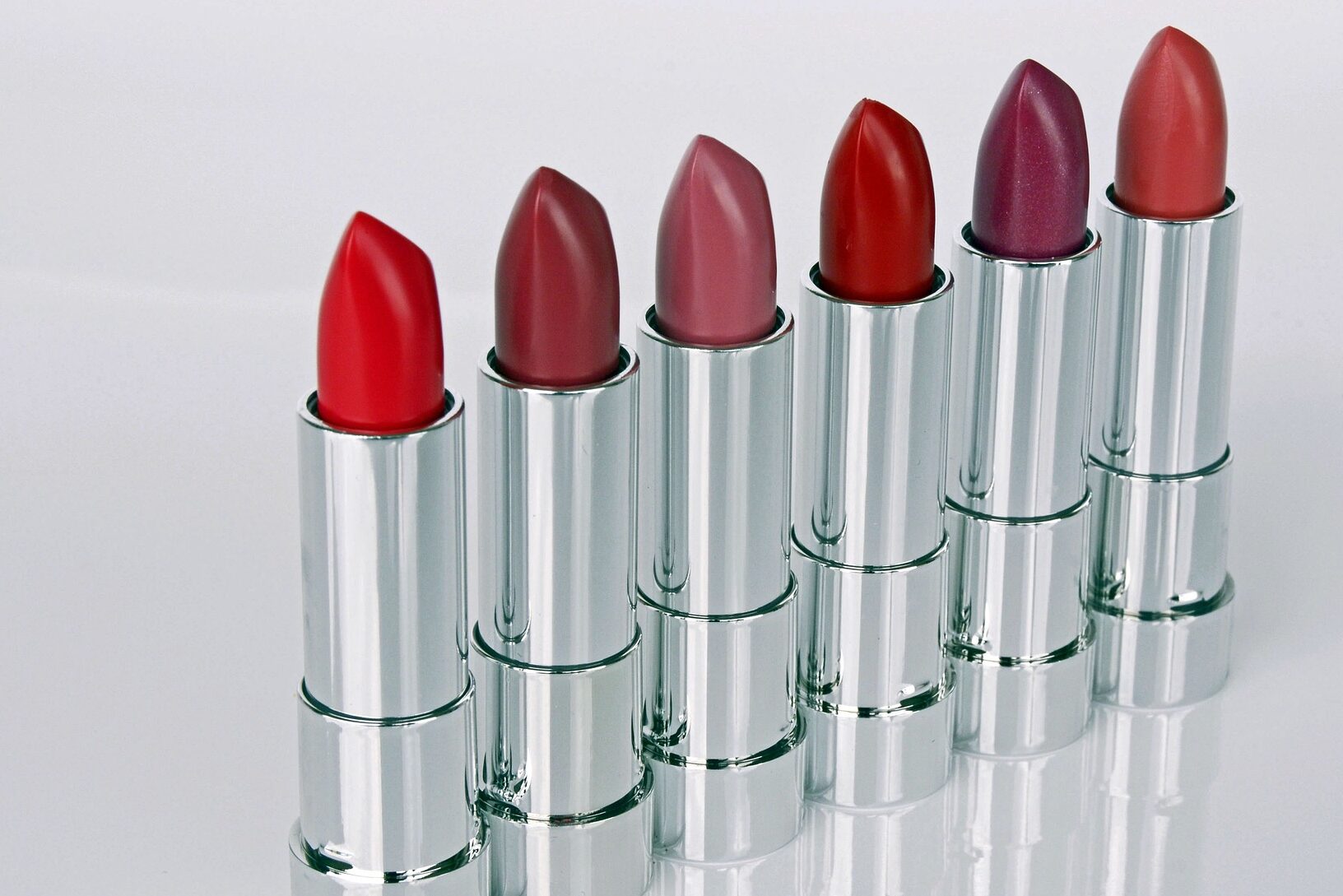Common Uses of PFAS
Consumer Products Containing PFAS
Many consumer products that are resistant to water, grease, and oil are made with Per- and polyfluoroalkyl substances (PFAS). Common consumer products containing PFAS include nonstick cookware, firefighting foams, food wrappers, an array of cosmetics, medications, water-repellent clothing, and stain resistant materials.
People can be exposed through consumer products, soil, food, water, and air containing PFAS. While PFAS are used to manufacture many consumer products, exposure is not necessarily a huge concern once the manufacturing process is complete for many products. However, food packaging and wrappers are likely of concern because there is potential for ingestion of chemical residues. This is the case for other products that might facilitate ingestion of PFAS, such as lipsticks. Additionally, food grown in PFAS-contaminated soil or treated with pesticides containing PFAS might pose more acute health risks.





PFAS in Drinking Water
While there are many ways that people can be exposed to PFAS, this research focuses specifically on exposure through drinking water. Over 200 million people in the United States are exposed to significant levels of PFAS in their tap water and there are 2,858 sites of known PFAS water contamination across all U.S. 50 states and two territories. While this research focuses on exposure through drinking water, eliminating PFAS in consumer, industrial, and military products and processes can ultimately lead to reduced amounts of PFAS reaching waterways and leaching into groundwater.
